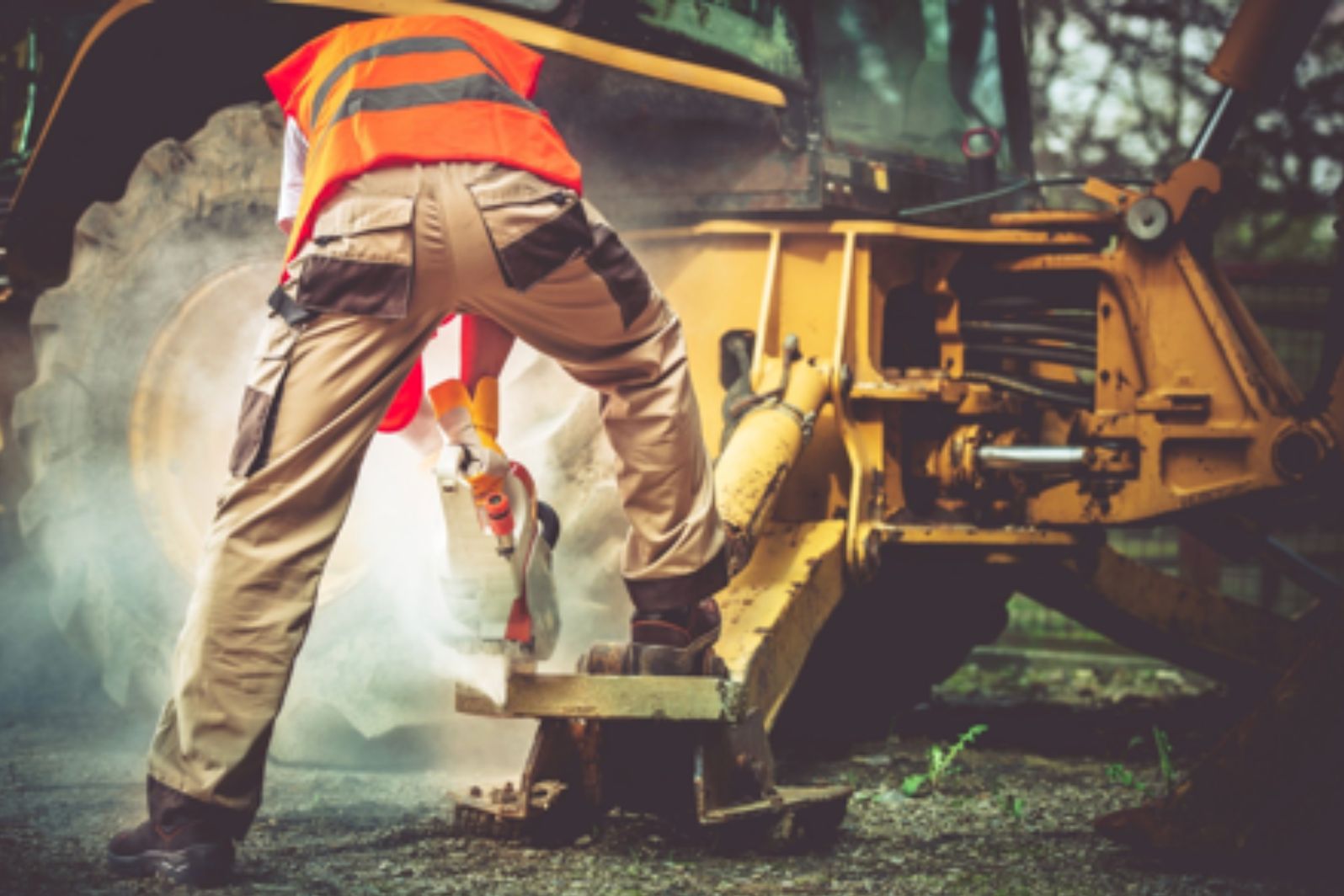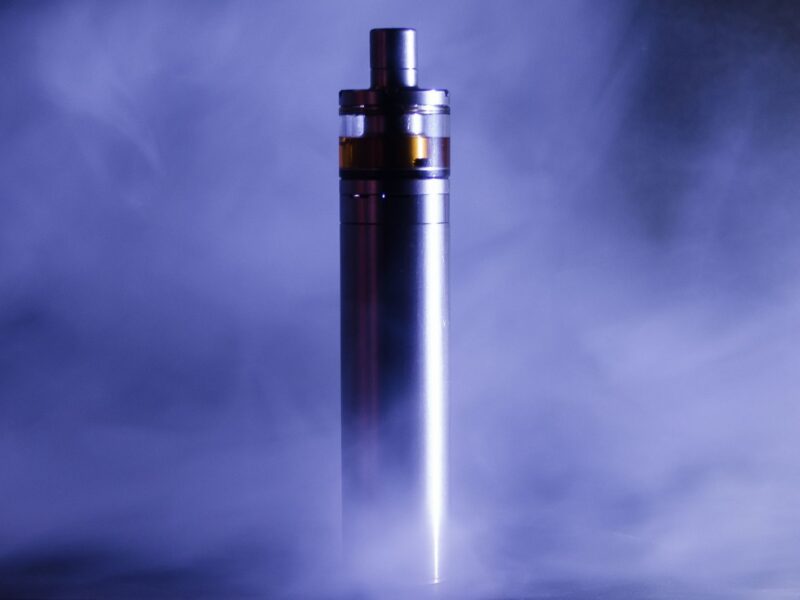Are you familiar with the condition of your business’s equipment?
Do your employees regularly inspect the equipment that drives your business? Are you confident that your equipment is fit for use, or would you prefer to know when it might fail?
If not, then you need to develop a complete equipment inspection checklist. Doing so requires you to check every part of your equipment and note down any issues. These issues can then be solved and inspected again in the future.
Checklists like these can help you to prevent future losses. They might even increase the value and lifetime use of your equipment.
Be sure to consider this checklist and inspect your equipment today.
Table of Contents
Visual Inspection
The first step in your heavy equipment inspection routine is a visual inspection. This is the simplest but also one of the most crucial aspects of equipment maintenance.
Take a good look at your equipment, searching for any obvious signs of wear and tear. Check for loose or missing bolts, damaged hoses, or cracked casings. Look for rust or corrosion on metal parts, and make sure safety labels and warning signs are intact and legible.
A thorough visual inspection helps identify problems before they become major issues. This ensures the safety of your employees and the longevity of your equipment.
Check for Leaks
Leakage is a common problem in many types of manufacturing equipment, from hydraulic systems to refrigeration units. Checking for leaks is essential to prevent fluid loss, system damage, and environmental contamination.
Begin by inspecting all hoses, pipes, and connections for visible signs of leaks, such as puddles or stains. Pay special attention to hydraulic systems, refrigerant lines, and fuel tanks.
If you suspect a leak but can’t see it, use a piece of cardboard or a clean cloth to wipe the suspected area. If you find oil, coolant, or any other fluid, it’s a clear indication of a leak that needs immediate attention.
Examine Lubrication
Proper lubrication is the lifeblood of many types of equipment. It reduces friction, prevents overheating, and prolongs the life of moving parts. Refer to your equipment’s manual or manufacturer’s recommendations for the correct lubrication schedule and type of lubricant to use.
Pay close attention to bearings, gears, chains, and other moving components. Over-lubrication can be as damaging as under-lubrication, so make sure to follow the guidelines.
Inspect Electrical Components
In our modern world, electrical components are prevalent in most equipment. Ensuring their proper function is essential for safety and performance.
Start by inspecting power cords and plugs for frayed wires or exposed conductors. Check switches, buttons, and control panels for signs of damage or wear. Test the emergency shut-off systems to ensure they function correctly.
For equipment with electrical motors, make sure they start, run, and stop as they should. Don’t forget to check for loose or damaged wires in electrical panels and connections. Electrical issues can lead to downtime and pose significant safety risks, so addressing them is crucial.
Examine Calibration
Calibration might sound like a complex concept. But it’s ensuring that your equipment provides accurate results or functions properly. Think of it as making sure your weighing scale displays the correct weight.
To begin, check if your equipment has any sensors or measurement components. If so, make sure they are calibrated regularly, especially if accuracy is crucial.
Consult the manufacturer’s guidelines for recommended calibration frequencies. Record the calibration dates and results for future reference.
Look for Safety Features
Safety should always be a top priority in any business. Inspecting safety features is a critical part of equipment maintenance.
Start by identifying the safety features specific to each piece of equipment. These could include emergency stop buttons, safety guards, or alarms. Ensure that these features are in good working condition and not obstructed in any way.
Regularly test them to confirm they function as intended. Any malfunctioning safety features should be addressed to prevent accidents.
Pay Attention to Moving Parts
Many pieces of equipment have moving parts that are essential for their operation. These parts can wear down over time, leading to reduced efficiency or even breakdowns.
During your equipment inspection, pay close attention to these moving parts. Check for signs of wear, such as unusual noises, vibrations, or loose components. Lubrication is key to ensuring these parts move smoothly.
Consult the equipment’s manual to determine the recommended lubrication schedule and use the appropriate lubricants.
Ensure Cleanliness
A clean workplace is not only more pleasant but also safer and more efficient. Dust, debris, and dirt can accumulate on equipment, affecting its performance and causing damage. Regular cleaning is essential.
Start by removing any visible dirt or grime from the equipment’s surfaces. Use appropriate cleaning solutions that won’t harm the equipment. Pay special attention to vents and filters, as clogs in these areas can lead to overheating or decreased performance.
Regular cleaning can also help identify potential issues early on.
Documentation Process
Create a log for each piece of equipment, and jot down dates of inspections, any problems you found, and what you did to fix them. It’s like creating a diary for your equipment’s health.
Why is this important? Well, it helps you spot patterns and recurring issues.
Plus, it’s handy for proving you’re following the rules if regulators come knocking. It can also be a lifesaver when it comes to warranty claims. A well-kept equipment log is like having a map for a treasure hunt – it guides you to hidden riches (or, in this case, problems to solve).
Professional Inspection
While regular in-house inspections are vital, there are times when you should enlist the services of professionals. Professional inspections bring an extra layer of expertise to the table.
These experts can detect subtle issues that may go unnoticed during routine checks. They use specialized tools and techniques to perform in-depth assessments of your equipment. These assessments can include testing for electrical safety, structural integrity, and overall functionality.
Professional inspections can also uncover opportunities for improvements and efficiency. So, when it comes to maintaining critical equipment, you might want to consider and view these value-added services as an investment in your business’s longevity and success.
The Essential Equipment Inspection Checklist: A Comprehensive Guide
All in all, having a comprehensive equipment inspection checklist is essential for any business. It helps ensure that your equipment is up-to-date and safe to use. This checklist can help identify problems early, thereby saving time and money in the long run.
Take the first step today! Use this checklist to keep your business running smoothly.
Did you enjoy this article? Then check out our blog for more quality content!


